It is important as a coach or as an horse riding instructor course to keep your lessons safe and organised.
- Single File
Single file typically is:- two horse distance. One rider following the other rider,
- or one horse following the other horse.
Or a variation of this for more experienced riders is:
- two abreast or four abreast.
You might want to use those when you’re teaching cross country.
It’s actually a military tradition to travel in groups, large groups over a long distance. They’ll go single file if they’re crossing or going through an area that’s quite tricky. Then to cover longer distances they put the riders two apart or four abreast – going four abreast and usually half a horse distance. Of course, that’s with the horses under control, experienced riders and horses that are used to it as well.
- single file;
- two horse distance; one rider following the other
This is probably the safest way to organise your ride and the way that most people start off riding in a group. It is also the way that most people start teach a number of riders.
- Open Order
Typically, the horses would be all in the:- same pace,
- same rein.
But it is a bit more when horses have got different movement and different size. The horse behind might be catching up to the horse in front, so you can turn away from the horse in front.
It’s not single file. Sometimes when you go out and teach riders about single file and ask them to be in single file, then one rider all of a sudden turns away from the ride – that’s not ‘single file’, that’s actually ‘open order’.
The next point for keeping your lesson safe and organised is…
- Single File
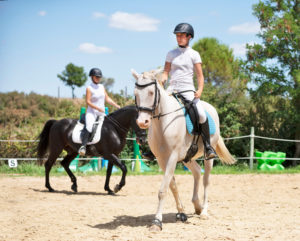
- Riding Independently
Riding independently is pretty important because it’s only for experienced riders. When you’ve got experienced riders at competitions, you’ll have riders just riding independently. You might have independent riding when teaching.- warming up individual riders; or
- you might have a group of four but want to spend a bit of time with each of your riders.
Rules of the Arena
- passing left to left
Passing left to left is an international rule now, but it never used to be. It used to be in the UK, that it was the same as the way you drove a car.
Someone from a UK team (young rider just on the team) went across to Europe to represent their country and found that it was done differently there. Then it was decided to make an international rule that you pass left hand to left hand.
- Faster pace has the right of way.
If you’re on the outside track in walk, there’s a very good chance that someone is going to come along behind you and for ‘Track please’ if they are in trot.
If you’re trotting around the outside track, there is a good chance someone is going to come along and say ‘track please’ because they’re in canter.
If you’re doing lateral work (shoulder in or leg yield, or something on the outside track) if someone’s coming along in canter behind you, they should see that you’re doing lateral work and should be able to just circle away.
These are some of the rules of the arena and riding independently.
So, keeping your lesson safe and organised.
- Single file
- Open Order
- Riding independently.
Safe Riding!
Glenys😊


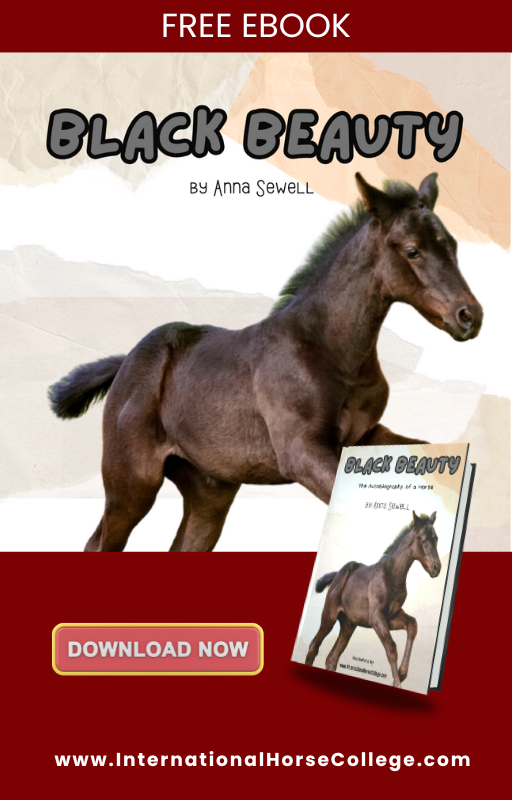

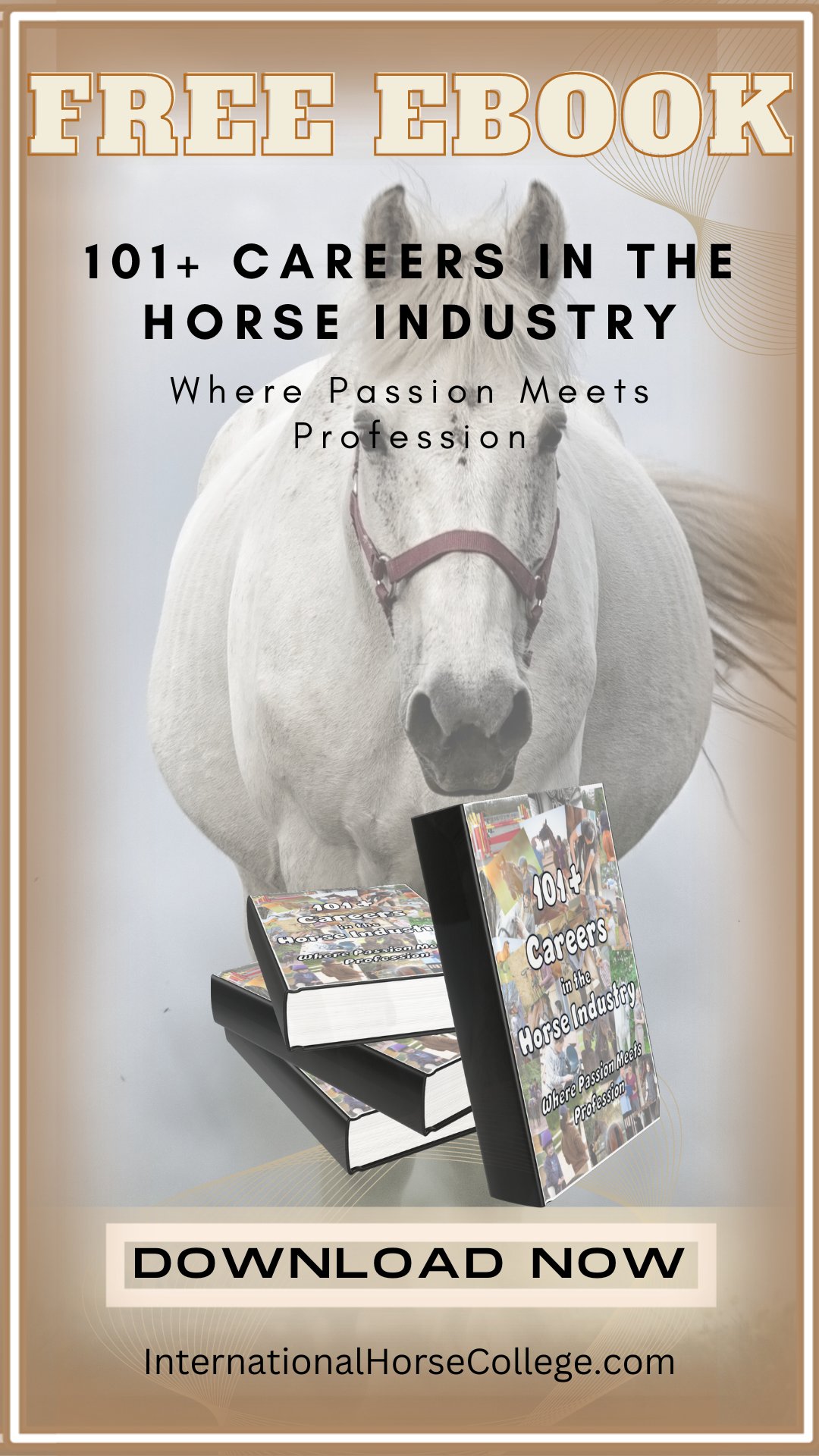
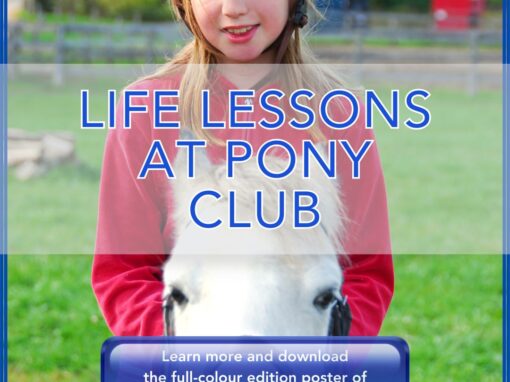


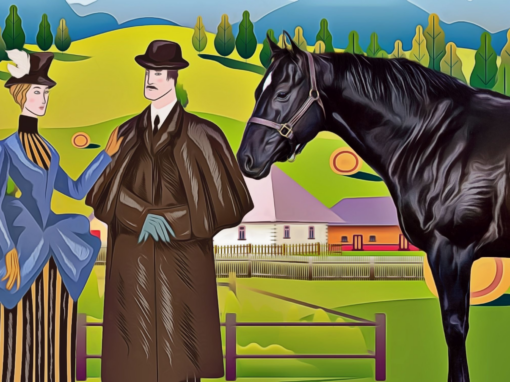


Love this article as it is straight forward and every coach should know. I like the part about track and passing people in the arena. I have experienced some riders just pass another rider without warning and giving the other rider no space. This would be good for even riders to read to remind them of passing rider riding etiquette.
This is a really important topic to cover and I love the listing!